Letter of recommendation template character
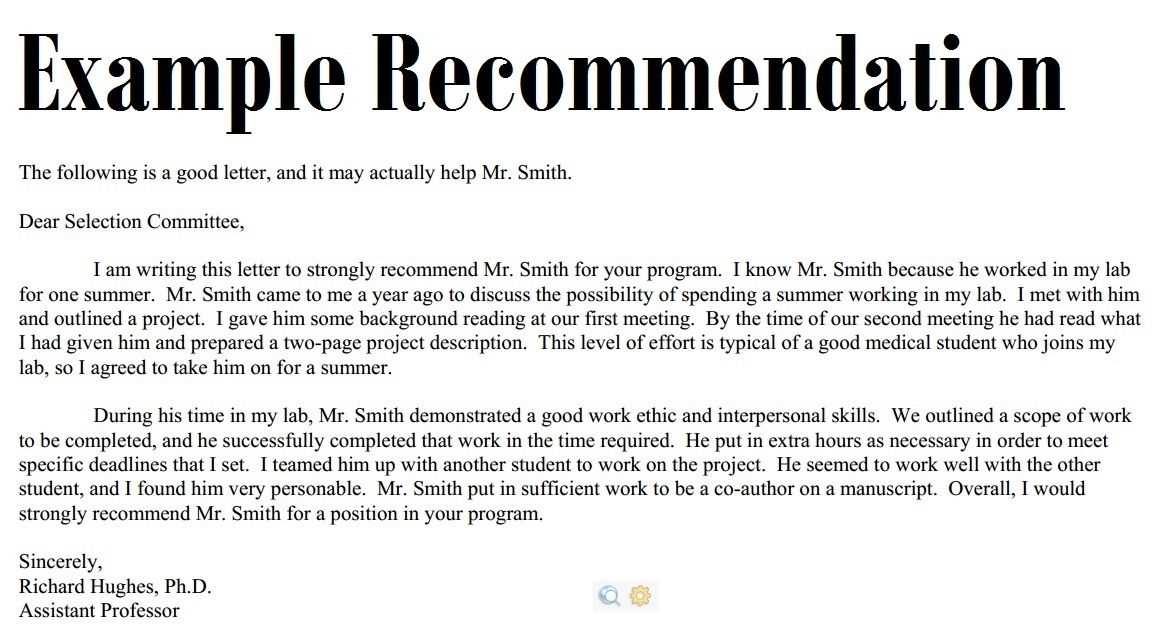
For a recommendation letter to stand out, it must reflect the true qualities of the individual it represents. Focus on concrete examples of their strengths, skills, and achievements. Acknowledge their ability to succeed in their role and how they contribute to a team or community. This personal approach demonstrates both confidence in the individual and the letter’s sincerity.
Be specific when describing key attributes that set them apart. Whether it’s their problem-solving skills, leadership, or attention to detail, make sure to provide relevant examples. These real-world applications make the recommendation feel authentic and genuine, rather than a generic description.
Consider how the person’s character and actions align with the values of the organization or position they’re applying to. Tailoring the letter to reflect how they meet specific needs can make a strong case for their suitability. The more the letter aligns with the recipient’s requirements, the more persuasive it becomes.
Letter of Recommendation Template Character
A solid letter of recommendation focuses on specific qualities and achievements, creating a clear picture of the candidate’s strengths. It should highlight key attributes like reliability, teamwork, and problem-solving skills. Pay attention to the tone–ensure it conveys confidence in the person’s abilities without exaggeration.
Structure of the Template
Start by introducing the relationship between you and the individual. Mention how long you’ve known them and in what context. Then, focus on their achievements and contributions. Detail their work ethic, leadership, and impact. Include examples of how they demonstrated responsibility or excelled in challenges.
Personal Traits to Include
Focus on personal traits that align with the position or opportunity. Mention qualities like communication skills, adaptability, and motivation. Avoid general statements; instead, provide specific instances where these traits were evident. These specific references create a more powerful recommendation.
How to Choose the Right Tone for a Recommendation Letter
Match the tone of your recommendation letter to the purpose and relationship with the candidate. If you are writing for a job application, maintain a professional tone, highlighting the candidate’s skills and accomplishments with clear, precise language. When recommending for academic purposes, a more formal tone may be necessary, focusing on the candidate’s intellectual qualities and academic achievements.
Be Genuine and Sincere
Avoid overly exaggerated praise, as it may come across as insincere. Stay truthful to your observations about the candidate, using positive but realistic language. Be specific in your examples to make the letter credible and relatable, ensuring the tone feels authentic and personalized.
Adjust the Tone Based on the Recipient
Consider the recipient of the letter when choosing the tone. If the letter is for a corporate setting, a professional and concise tone works best. For creative or informal environments, a friendly yet respectful tone might be more appropriate. Tailoring the tone to the audience ensures the letter resonates effectively.
Structuring the Character Traits for a Strong Endorsement
Focus on highlighting key personal qualities that demonstrate the individual’s capability and potential. Prioritize specific examples of these traits in action, providing concrete evidence whenever possible.
Prioritize Relevant Traits
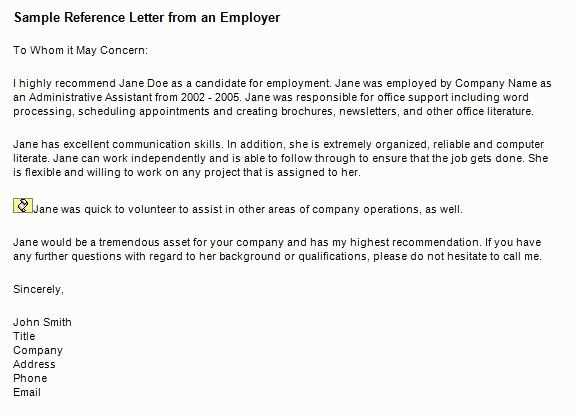
- Reliability: Show how the individual consistently meets deadlines, follows through on commitments, or handles responsibilities without oversight.
- Problem-solving: Illustrate how they approach challenges, offering specific instances where their initiative led to positive outcomes.
- Teamwork: Detail how they collaborate effectively with others, whether in team settings or when coordinating with different departments.
- Leadership: Highlight moments where they led projects or motivated others to achieve shared goals.
Provide Tangible Evidence
- Specific situations: Reference situations where these traits were demonstrated and how their actions contributed to the outcome.
- Results: Quantify achievements, whether in sales numbers, project completions, or other measurable successes.
- Testimonials: Include quotes or feedback from others who can vouch for these qualities, further validating the endorsement.
Incorporating Specific Examples to Highlight Key Qualities
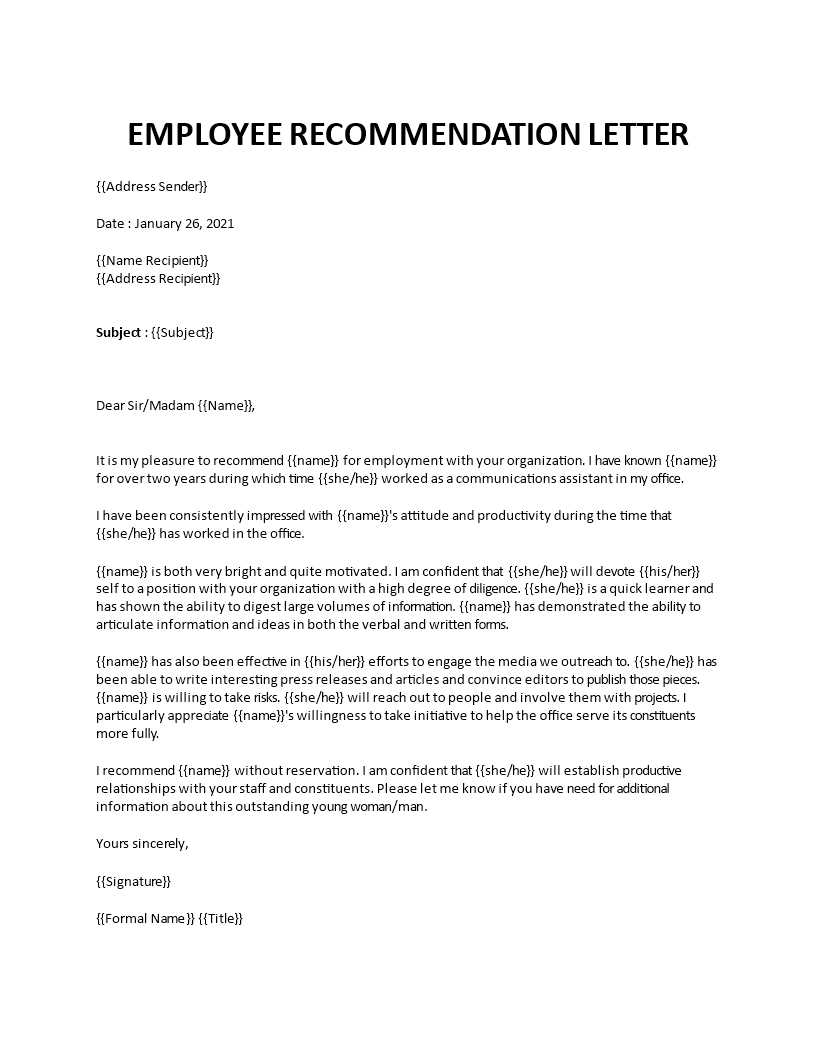
Provide clear instances that demonstrate the person’s key strengths. For example, if you’re highlighting their leadership abilities, share a story about how they managed a challenging project or led a team to success. Include specifics like the scope of the project, the obstacles they overcame, and the results achieved. This makes the recommendation more credible and relatable.
If you’re emphasizing their problem-solving skills, describe a situation where they identified an issue and quickly came up with a creative solution. Quantify the impact of their actions if possible–did they save time, money, or resources? Concrete examples make the recommendation more persuasive.
When discussing interpersonal skills, think about a situation where the individual worked well under pressure or mediated a conflict. Focus on how they handled the situation calmly and effectively, and how this helped build positive relationships within the team or organization.
By integrating real-life examples, you create a narrative that paints a vivid picture of the person’s abilities, allowing the reader to see the impact of these qualities firsthand.
Balancing Professionalism and Personal Insight in Your Letter

Strike a balance between formal tone and a personal touch by focusing on key qualities. Be concise, yet specific in your examples. This shows that you truly understand the person’s strengths while maintaining professionalism. Here’s how you can do it:
Highlight Key Professional Skills
- Focus on tangible accomplishments that align with the recipient’s needs or goals.
- Use clear, measurable outcomes where possible (e.g., “increased sales by 20%” or “led a team of 5”).
- Maintain a confident but neutral tone, which conveys respect and credibility without sounding overly familiar.
Infuse Personal Observations
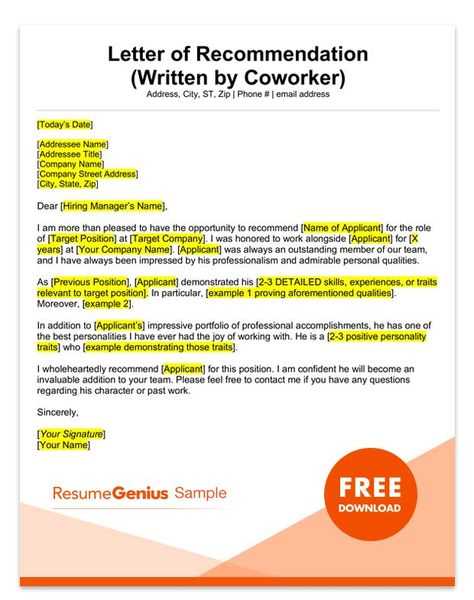
- Share personal experiences that reveal the individual’s character, such as their dedication or problem-solving abilities.
- Provide insight into their interpersonal skills or work ethic–what sets them apart from others in the same role.
- Be authentic–avoid overly glowing statements that may come across as insincere.
By carefully blending both approaches, you convey a well-rounded, thoughtful recommendation that is both professional and personal.
Addressing Potential Weaknesses Without Undermining the Candidate
When mentioning a candidate’s weaknesses, it’s important to present them in a way that highlights the candidate’s growth potential without diminishing their strengths. Focus on framing areas for improvement as opportunities for development, demonstrating that the candidate is aware of their limitations and actively working on them.
For example, instead of saying “The candidate struggles with time management,” try rephrasing it as: “While the candidate has experienced challenges with balancing multiple projects, they have proactively sought out training in time management techniques and have shown significant improvement in prioritizing tasks.”
Use concrete examples to show how the candidate has worked on these areas. This adds credibility and reassures the reader that any weakness is being addressed effectively. Here’s how to approach specific weaknesses:
| Weakness | Positive Framing |
|---|---|
| Difficulty with delegation | While initially hesitant to delegate tasks, the candidate has gained confidence over time and now seeks opportunities to empower team members. |
| Limited public speaking experience | The candidate has taken steps to improve their presentation skills, attending workshops and volunteering for speaking engagements to build confidence. |
| Imperfect attention to detail | The candidate has consistently shown improvement in reviewing their work more thoroughly and has implemented personal checks to avoid errors. |
By focusing on actions taken to address weaknesses, you demonstrate that the candidate is committed to growth and professional development. This approach allows you to present the full picture without diminishing the candidate’s value.
Customizing the Template for Different Roles and Industries
Adjust the tone and content of the recommendation to match the specific job and industry. For example, a letter for a creative role should highlight innovation, problem-solving, and adaptability, while a letter for a technical position can focus on technical skills, precision, and attention to detail.
For Leadership Roles
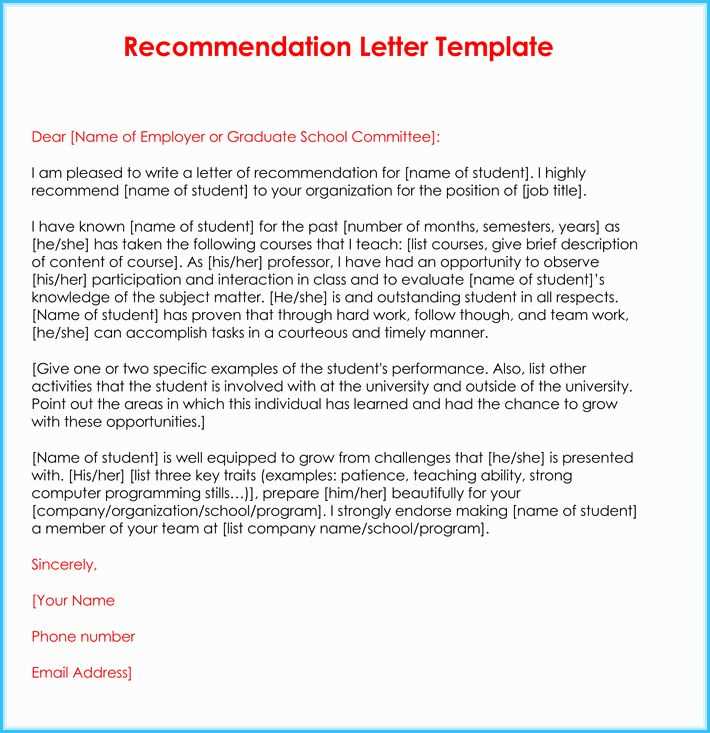
Emphasize the candidate’s ability to lead teams, make strategic decisions, and manage complex situations. Highlight key leadership traits, such as communication, decision-making, and organizational skills. A letter for a managerial position should also mention the candidate’s experience in driving results and motivating others.
For Creative or Artistic Positions
In creative fields, focus on originality, artistic vision, and collaboration. Include specific examples of the candidate’s work and their ability to innovate within their discipline. Recommendations for designers, writers, or other creatives should showcase their portfolio and passion for the craft.
Adjusting the content based on the role and industry will make the recommendation more compelling and relevant. Tailor the achievements to reflect the specific needs and expectations of the employer in that sector.